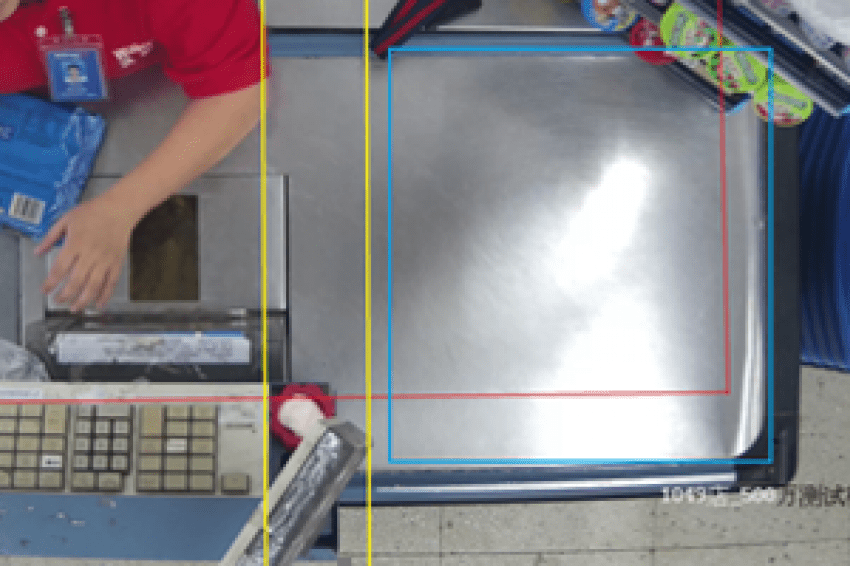Innovation Helps Retailers Combat Loss
20.04.2020 -
In a super-competitive environment, retailers need to look at their entire business to find ways to reduce costs and increase profit. One of these ways is loss prevention – investigating ways to make their ‘shrink’ rates reduce. And representing a global impact of $100 billion worldwide to the retail industry’s pocket1, this is a very real problem.
The Trends of Loss
Loss can come in various forms – from shoplifting and employee theft to stock errors, right down to supplier fraud. It should also be mentioned that there are also non-criminal factors that influence shrinkage, like fire damage to stock, and food waste in a supermarket. All this hits the bottom line in two ways – loss of investment in the missing products and loss of the potential revenue these can make.
Unfortunately, the rate of shrinkage is creeping up – it stood at 1.5% of turnover in 2017 in Europe2. There are also changes in the methods of the top cause of shrinkage – shoplifting. The use of well-organized ‘micro-gangs’ and tools like ‘booster bags’, to shield stolen goods from Electronic Article Surveillance (EAS) systems at exits, have changed the story. This has meant a rethink in the industry of the actions a retailer can take.
Trends are also showing that traditional methods of loss prevention are less effective on their own. For example, while most stores use some kind of CCTV camera system to monitor their spaces, the percentage of stores using other methods to complement this is rising. The most common integration is cameras with EAS systems. Other retailers use alarms systems too, and even security guards on-site, depending on the types of goods they sell.
Combatting Loss
Various technology combinations are available to retailers to help in the battle against loss.
Integration of CCTV and EAS means that images can be captured and flagged when the EAS is set off by a product tag being taken out of the store. This means that, as well as the audible alarm to attract attention, specific footage can be used to capture the theft. This can prove useful in the future for evidence.
Another scenario can be seen at the checkout, to keep an eye on both customers’ and employees’ actions. This is especially useful with the rise of ‘self-checkouts’, for example in grocery stores and supermarkets. Smart cameras, like Hikvision’s 12MP Panoramic IR Fisheye camera (DS-2CD63C2F-I), can be placed to monitor the checkout space. Using this, software can compare the items it sees on a customer’s ‘basket’ to the items actually scanned in the Point of Sale system. Then errors, whether accidental or deliberate, can be flagged.
All of the transaction data can be connected with the video feed of the transaction and is stored. This also means it can be retrieved later if a store manager needs to investigate a discrepancy, even months after it occurred. This provides evidence, should this be needed for conviction of stealing or fraud. It can also be called upon immediately if there are disputes at the checkout.
Outside the store, cameras can be programmed to send an alert if a trolley is being pushed in the wrong direction, or outside a certain predefined ‘zone’. This prevents theft of trollies (themselves an inventory asset), which may also have goods in them. Useful smart features on many Hikvision cameras can also be used to detect loitering behaviour, which can give a security manager the heads up of a potential problem.
Loss can also be felt when an accident occurs – for example in a warehouse fire. This, of course, can cause more serious threats to personal safety too. The use of a smart thermal camera (for example Hikvision Thermal Bi-Spectrum Turret DS-2TD1217/V1 series) can send an alert when the temperature gets above a certain predefined level. This means that fires can be detected before they actually break out.
All of these methods of monitoring a scenario, and providing the means to take preventative action, need to be brought together to be effective. This is where a Video Management System comes in. A good VMS (like Hikvision’s HikCentral) manages all of the information being sent by cameras, alarms, other devices and software in one place. This gives operators the power to see what’s going on in the store, and react with proper information to any potential threat. The system can also store the information in a way that makes it easy to search for future retrieval.
With the combined intelligence of a number of technologies, security guards can monitor suspicious activity much more easily, using preprogrammed alerts to flag potential issues. This means it is easier for them to catch both thieves and fraudsters. The ability to cross-reference data, and the fact that cameras like Hikvision Acusense series are designed to minimize false alarms outside, mean security guards are not sent on ‘wild goose chases’ and are able to focus on real issues.
When loss hits a retailer’s bottom line, they turn to more innovative solutions to hit back. CCTV cameras are just the beginning – the full technology arsenal at their disposal now consists of EAS, alarms, smart features, data overlays, and more. But the real power comes in the integration of these technologies, making the security manager a force to be reckoned with in the fight against the most common causes of retail shrinkage.
Contact
Hikvision Europe
Dirk Storklaan 3
2132 PX Hoofddorp
+31 (0) 23 554 2770
+31 (0)23 5631112











